Chapter 9: I've got pain in my face
Differential diagnosis is often a complex procedure but must not be avoided. You must avoid tunnel vision and keep an open mind about a patient's complaint no matter how badly explained or difficult to follow. Facial pain is a minefield of potential diagnoses and must be approached logically.
Chapter 10: I've got a dislocated jaw
Although true dislocation is rare, immediate action gives your patient (and you) the best chance of resolving the problem. Learn how to differentiate dislocation from other conditions and how to manage the acute case.
Chapter 11: My teeth are worn
Management of tooth surface loss is a complex treatment, but some straightforward rules will help in diagnosis of the cause, monitoring of the situation, and its management.
Chapter 12: I've got a headache
Headache is a very complex condition even to diagnose. The relationship of headache to TMD is explored, as is the role of the dentist in treating patients whose primary complaint is headache.
Chapter 13: I've got whiplash
Nowadays litigation, especially in relation to road traffic accidents, is commonplace. TMD can be caused by a ‘whiplash‐type’ injury. Make sure that your examination of such a patient is comprehensive and that you are able to produce the necessary records on demand. Be aware that a TMD can become apparent immediately after an accident as well as becoming evident some time later.
Chapter 14: What's of use to me in practice?
You must be aware of what is available and useful in general practice. There is little point in a costly treatment plan being developed if the patient cannot afford it. Similarly provision of a splint that you know your patient will not wear is pointless. This gives guidelines towards accessing the best treatment for your patient and when to employ it.
Chapter 15: You and the lawyer
Litigation is never too far away! Although you should not practise ‘litigation dentistry’ because this is not in your patient's best interests, you should be aware of the common pitfalls. Above all else maintain good records and good communication, and do not over‐reach your abilities.
Chapter 16: The referral letter
A good referral letter is of great help to the specialist. A poor referral letter is a waste of everyone's time and can, on occasion, be embarrassing for all.
Chapter 17: How to make a splint
This is a ‘how‐to‐do’ chapter. It is important for you to know what the technician does from impression taking to delivering the splint back to you ready for insertion and fitting. The patient will often ask about this and appreciate an explanation.
Chapter 18: Bruxism: Current knowledge of aetiology and management
This chapter deals with the most updated information about the postulated theories of aetiology and management of bruxism. New definitions and outcomes of recent international consensus are always discussed.
Chapter 19: Splint therapy for the management of TMD patients: An evidence‐based approach
The effectiveness of splint therapy for the management of TMD and Bruxism have been discussed in this chapter. The results of the most updated randomized controlled trials and systematic review have been discussed.
Chapter 20: Patient information
This chapter contains general patient information, in template form, that you might like to use for imparting patient advice when appropriate.
This chapter contains 13 flowcharts which summarise some essential concepts in the management of a TMD. A reference for each relevant chart has been indicated in the text.
Appendix II: Glossary of terms
This is more of a dictionary of terms than merely a glossary of terms used in this book. This provides the reader with a ‘TMD and occlusion’ dictionary.
This chapter identifies the relevant terms from the glossary of prosthodontic terms published regularly in the Journal of Prosthetic Dentistry . Additional terms are added from the book A Clinical Guide to Temporomandibular Disorders , BDJ Publications, 1997.
Appendix III: Short answer questions
This chapter includes short answer questions for the reader to practise. The knowledge gained from reading this book will enable the reader to answer these questions effectively.
There is a unique link to an online interactive multiple‐choice question (MCQ) site at www.wiley.com/go/al-ani/temporomandibular-disorders-2e. This quiz aims to test your knowledge of TMD and to make reading this book more enjoyable, stimulating, and productive.
2 Clinical Aspects of Anatomy, Function, Pathology, and Classification
The joint anatomy, histology, structure, capsule, synovial membrane, and fluid, ligaments
 The articulatory system comprises the temporomandibular joints (TMJs) and, intra‐articular discs, mandibular/jaw muscles and occlusion.
The articulatory system comprises the temporomandibular joints (TMJs) and, intra‐articular discs, mandibular/jaw muscles and occlusion.
In the simplest terms, the temporomandibular joint is the articulation between the upper and lower jaws. The teeth form the contacts between the upper and lower jaws, and the muscles are the motors that move the mandible. This system is unique in that the TMJs are paired; any stimulus that affects one joint or any other single part of the articulatory system can have a ‘knock‐on effect’ in the rest of the system.
It is important to have an understanding of anatomy not only to be able to differentiate between what is physiological and what is pathological but also to understand the objectives of some treatment options.
 The TMJ ( Figure 2.1) is a synovial diarthrodial joint, which means that the joint is lubricated by synovial fluid, and the joint space is divided into two separate compartments by means of an intra‐articular disc. The movements that take place in the compartments are predominantly a sliding movement in the upper joint space between the upper surface of the disc and the inferior surface of the glenoid fossa, and a rotational movement in the lower joint space between the head of the condyle and the undersurface of the intra‐articular disc. Unlike the articular surfaces of other synovial joints, where the surfaces are typically lined by hyaline cartilage, the articular surface of the TMJ is covered by a layer of fibrocartilagenous tissue. It was thought that this arrangement reflected a non‐load bearing functional role for the TMJ; however, a more likely explanation is that, because the covering layer of the condyle is derived from intramembranous ossification, rather than endochondrol ossification, it therefore lacks the endochondrol template from which hyaline articular cartilage is derived.
The TMJ ( Figure 2.1) is a synovial diarthrodial joint, which means that the joint is lubricated by synovial fluid, and the joint space is divided into two separate compartments by means of an intra‐articular disc. The movements that take place in the compartments are predominantly a sliding movement in the upper joint space between the upper surface of the disc and the inferior surface of the glenoid fossa, and a rotational movement in the lower joint space between the head of the condyle and the undersurface of the intra‐articular disc. Unlike the articular surfaces of other synovial joints, where the surfaces are typically lined by hyaline cartilage, the articular surface of the TMJ is covered by a layer of fibrocartilagenous tissue. It was thought that this arrangement reflected a non‐load bearing functional role for the TMJ; however, a more likely explanation is that, because the covering layer of the condyle is derived from intramembranous ossification, rather than endochondrol ossification, it therefore lacks the endochondrol template from which hyaline articular cartilage is derived.
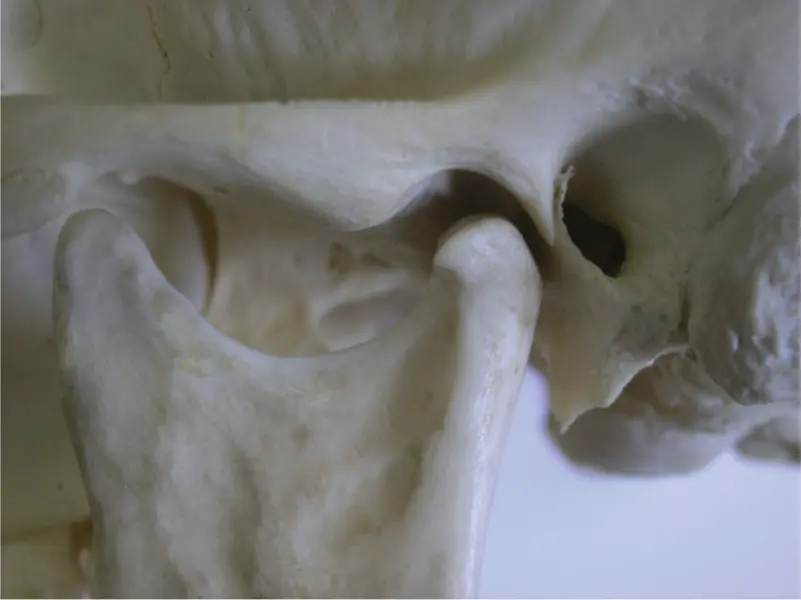
Figure 2.1The temporomandibular joint
(M. Ziad Al‐Ani, Robin J.M. Gray.)
There are four distinct layers or zones described in the articular surface of the condyle and mandibular fossa. These layers are the articular zone, proliferative zone, cartilagenous zone, and calcified zone ( Figure 2.2):
Читать дальше
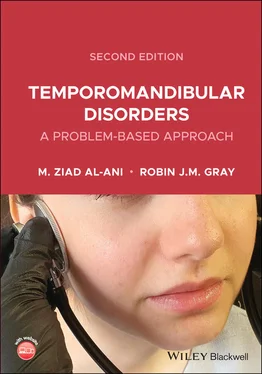
 The articulatory system comprises the temporomandibular joints (TMJs) and, intra‐articular discs, mandibular/jaw muscles and occlusion.
The articulatory system comprises the temporomandibular joints (TMJs) and, intra‐articular discs, mandibular/jaw muscles and occlusion.
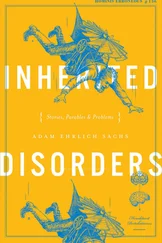


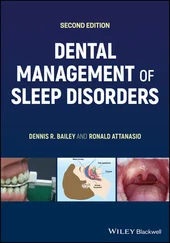




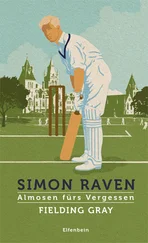

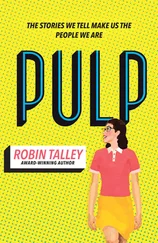
![John Bruce - The Lettsomian Lectures on Diseases and Disorders of the Heart and Arteries in Middle and Advanced Life [1900-1901]](/books/749387/john-bruce-the-lettsomian-lectures-on-diseases-and-disorders-of-the-heart-and-arteries-in-middle-and-advanced-life-1900-1901-thumb.webp)